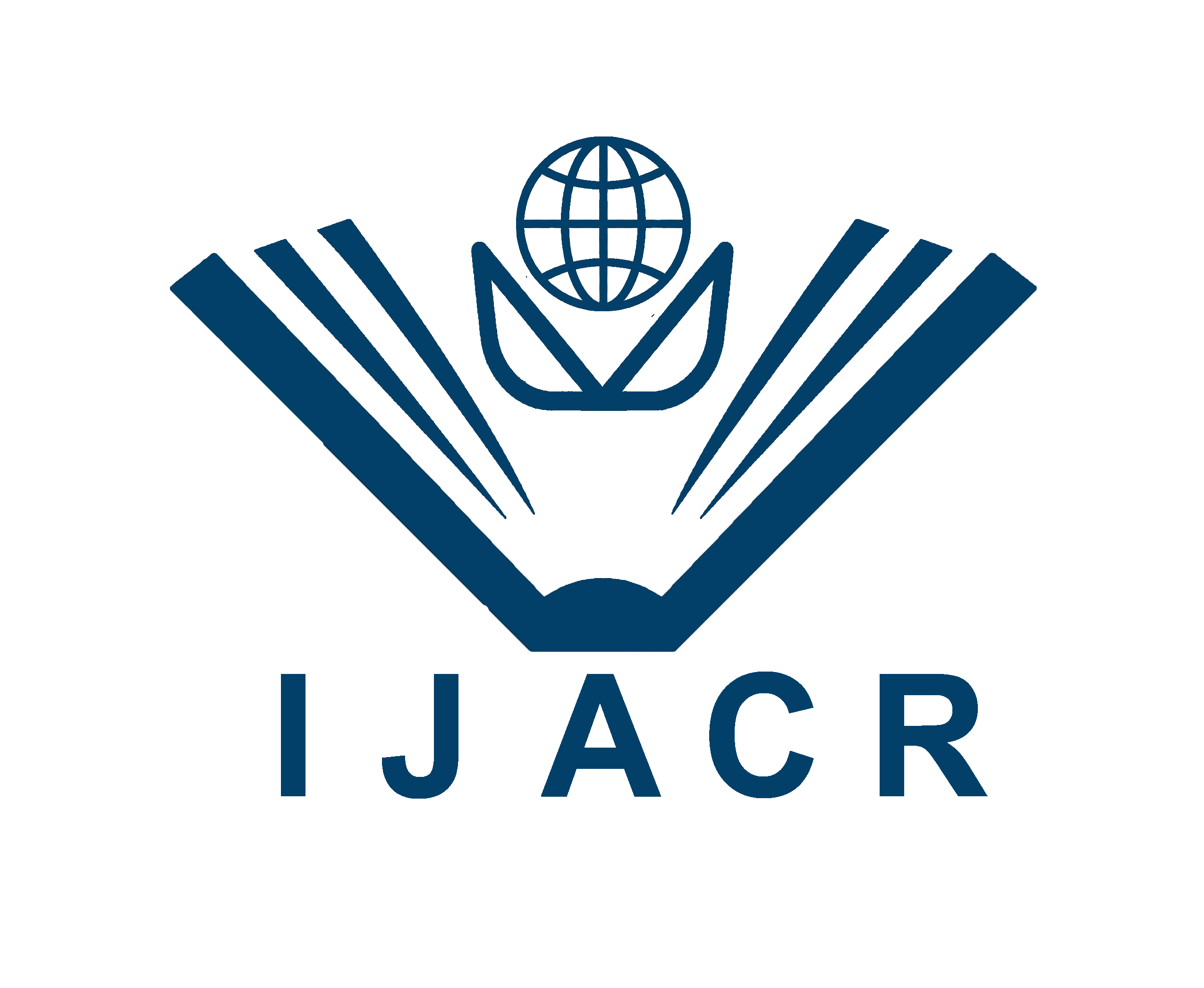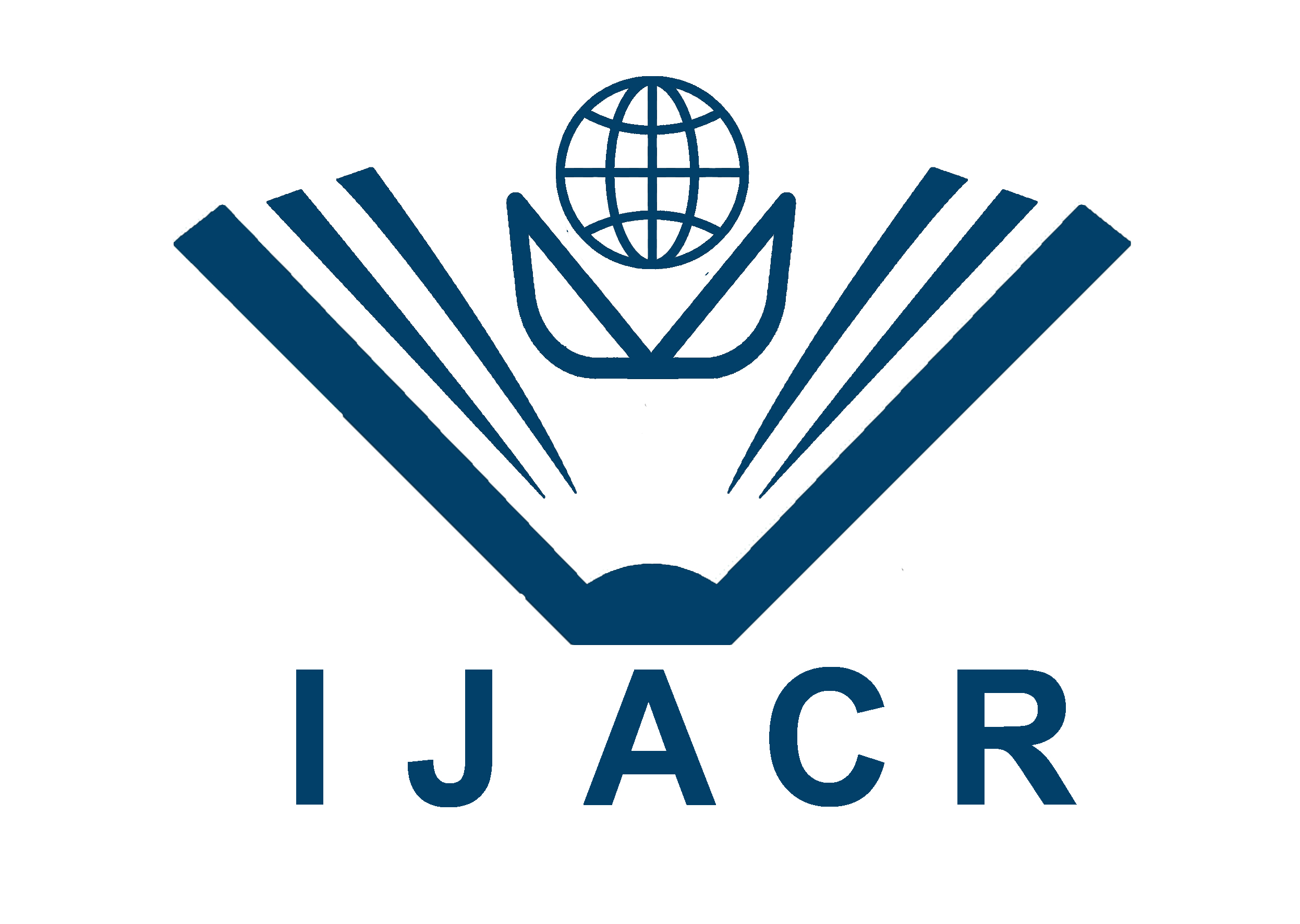International Journal for Asian Contemporary Research, 5(2): 54-59
Optimizing Nitrogen and Phosphorus Fertilizer Doses to Enhance Yield and Quality of Maize
16 August, 2025 || Accepted: 10 September, 2025 || Published: 18 September, 2025
A B S T R A C T
The experiment was conducted at the Agronomy Field Laboratory, Department of Agronomy and Agricultural Extension, University of Rajshahi, Rajshahi, Bangladesh, from January to May 2023 to determine the optimal nitrogen and phosphorus fertilizer doses and their interaction effects on the yield and quality of maize (Zea mays L.). The study involved two factors—nitrogen and phosphorus—each with three levels. The nitrogen treatments were N₁ = 300 kg ha⁻¹, N₂ = 250 kg ha⁻¹ (recommended dose), and N₃ = 200 kg ha⁻¹, while the phosphorus treatments were P₁ = 100 kg ha⁻¹, P₂ = 80 kg ha⁻¹ (recommended dose), and P₃ = 60 kg ha⁻¹. The experiment was laid out in a Randomized Complete Block Design (RCBD) with three replications, and the crop was harvested at 120 days after sowing (DAS). Results revealed that the highest nitrogen level (N₁) significantly increased growth parameters such as plant height (194.48 cm), leaf area (4055.43 cm²), and total dry matter (1027.33 g m⁻²), as well as yield attributes, including grain yield (5.75 t ha⁻¹). Similarly, the highest phosphorus dose (P₁) produced superior results in plant height (194.81 cm), leaf area (4052.86 cm²), total dry matter (1037.33 g m⁻²), and crop growth rate (22.73 g m⁻² day⁻¹). The combined treatment N₁P₁ exhibited the greatest performance across all measured parameters. These findings indicate that higher doses of nitrogen and phosphorus fertilizers, and particularly their interaction, substantially enhance maize growth, yield, and quality. Therefore, the application of 300 kg N ha⁻¹ and 100 kg P ha⁻¹ is recommended for achieving optimal maize productivity under similar agro-ecological conditions.
Keywords: Maize, Fertilizers, Nitrogen, Phosphorus, Yield, Carbohydrate and Protein.
Copyright information: Copyright © 2025 Author(s) retain the copyright of this article. This work is licensed under a Creative Commons Attribution 4.0 International License
Article View: 436 times



